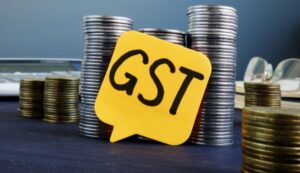
GST Composition Scheme: Eligibility, Threshold limit, How to opt, Advantage, Disadvantage etc.
Composition Scheme is an alternative method of charging GST. It is a simple and easy scheme under GST for small taxpayers whose turnover is up
Home » Archives for December 26, 2022

Composition Scheme is an alternative method of charging GST. It is a simple and easy scheme under GST for small taxpayers whose turnover is up

It is always the knowledge which makes people empowered. Therefore, our effort through this website is to help others by sharing knowledge which is useful for them.
We provide tax related articles which is useful for various stakeholders starting from Students, Traders, Tax Practitioners, and the public at large.